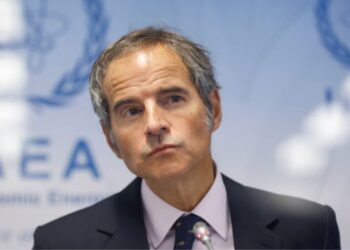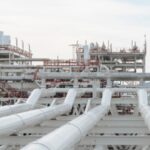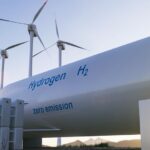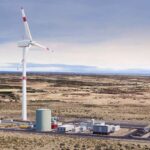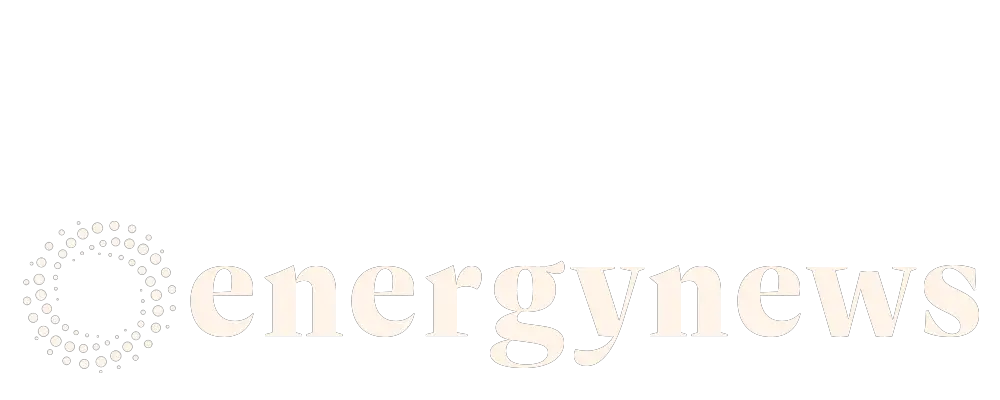The Flow project aims to convert gas pipelines into hydrogen pipelines and is supported by the transmission system operators.
A common vision
The Flow project is supported by the operator Gascade, the manager Ontras and the independent company Terranets. These companies, specialized in transportation networks, want to accelerate the adoption of hydrogen from the north to the southwest of Germany. Thus, they plan to transform and expand the existing network.
The initiative is taking shape in Germany, a core of the European hydrogen market. Indeed, in a few years, the north of the country could receive large volumes of hydrogen from the Baltic region. It will then be necessary to transport them south from Mecklenburg-Western Pomerania to Thuringia.
From 2030 onwards, the pipelines will extend to Baden-Württemberg and Bavaria. The project will then connect to “H2 for Baden-Württemberg” currently under the supervision of Terranets. Collaboration through the Flow project, could greatly benefit this initiative created for the establishment of a local hydrogen economy.
The three German managers seem to share a common vision on the European energy strategy. Thus, they intend to use hydrogen as a vector for decarbonization. Gascade and its two partners will thus create the “central transport infrastructure”.
A European project for the future
One of the strengths of the project is its speed of execution due to the direct conversion of the gas pipelines. More than 1,100 kilometers of pipelines will transport hydrogen for a supply capacity of up to 20GW. In a few years, the infrastructure may even expand.
The Flow project partners are applying for Project of Common Interest (PCI) status with the European Union. Indeed, even if Germany is at the heart of the initiative, it could well extend to many neighboring countries. In particular, it would involve extending the pipelines to the Baltic Sea region.
Many imports will come from Scandinavian countries. The latter are investing in hydrogen production. The Flow infrastructure will allow hydrogen to be transported safely and sustainably to regions further south.
Furthermore, Gascade underlines the interest of connecting the Danish island of Bornholm in 2027. In addition, Austria, the Czech Republic, Poland and France will follow from 2030. Hydrogen-filled pipelines are the core of a European infrastructure.


